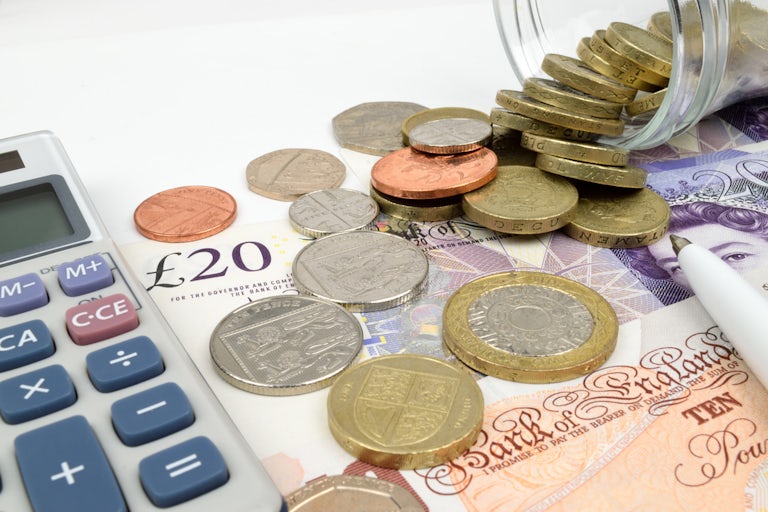It won't come as news to anybody that house prices have risen in the last few years, but what might surprise many is the rate at which they have done so, and how prices in their area compare to the national average.
National and regional newspaper publishing house, Trinity Mirror, has created a house price comparison tool.
All you need to do is enter a postcode in the tool to find the average house price in 1995 and 2015. For example, in Reading, the average house price was £45,000 in 1995, and £244,999 in 2015, which is a wallet-busting 5.4 times higher.
Many people presume that London has had the largest increase in prices, but while big jumps in prices are evident in some areas of the capital, not every area has seen increases at the same rate.
Houses in the SW8 postcode have increased by seven times over ten years, but in the SW11 area, the current average price of £520,000 is only (using the term 'only' loosely) four times higher than 1995's median price of £128,750.
How accurate is the tool?
The tool should be a pretty reliable source. The data it uses comes from the Land Registry, which records the prices paid for all UK properties.
You can view the actual data on which the tool draws its information here. Enter a postcode to see the prices paid for each individual house over the last 10 years.
The Trinity Mirror tool collates this data and perform the calculations that provide the average prices paid and the increase factor.
Where are the highest and lowest priced areas?
The Dukes Bar area of Burnley, Lancashire is one of the UK's lowest priced areas, with the average house selling for £37,500 compared to £18,000 in 1995. This is 2.1 times higher, which is just above the inflation rate of 1.73.
Eaton Square in London is one of England's highest priced areas, with the average house or flat costing close to £2m. Prices have increased nearly six-fold in this area.
Where have the greatest and smallest rates of growth?
For the greatest growth, it's perhaps not surprising that we're looking at the capital again. In the W1B 1 area of Westminster, which includes part of Regent Street, prices have rocketed from £200,000 to just shy of £4m - close to 20 times the price in 20 years.
Among the smallest rates is Nelson in Lancashire (BB9), where prices have 'only' doubled.
Are rising house prices down to inflation?
Not really. Inflation during the period 1995 to 2015 has been 73%, making a 1995 pound effectively worth £1.73 in today's money. For house prices to increase at the same rate as inflation, they would rise by 1.73. What the price comparison tools reveals, or rather confirms, is that house prices have risen at a rate that bears little resemblance to inflation in most areas.
Why is this happening?
The Trinity Mirror price tool is a fascinating look into the state of the British housing market, but it does not explain why house prices have risen faster than inflation and wages.
During the period covered by the price tool, the banks quadrupled mortgage lending, and this has fueled the increase, as well as leading to the 2008 financial crisis.
Another reason is that in many areas, houses are in short supply, with few new properties being built. In a market where demand exceeds supply, prices will rise.
We can debate the reasons further, but the tool certainly gives an interesting insight into the dramatic increase in house prices over the last decade, while also highlighting the regional differences in the housing market.
Finally, it has been 30 years since we let our first property. If you haven't already, make sure you download your FREE copy of our special anniversary report, '30 Years in the Rental Sector' for an overview of how the property market has changed over the past three decades.
Disclaimer: Guest blog posts on the Martin and Co blog are written by external companies. Martin and Co do not endorse the products or services of these companies.



